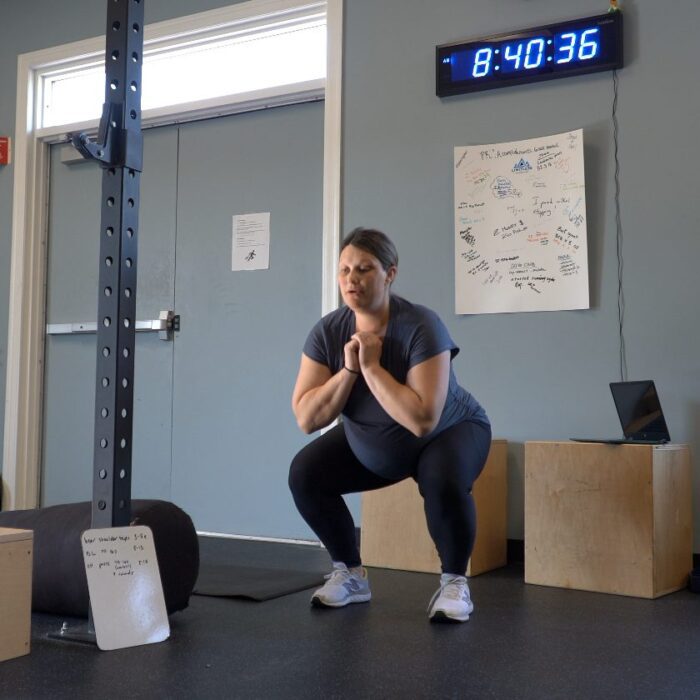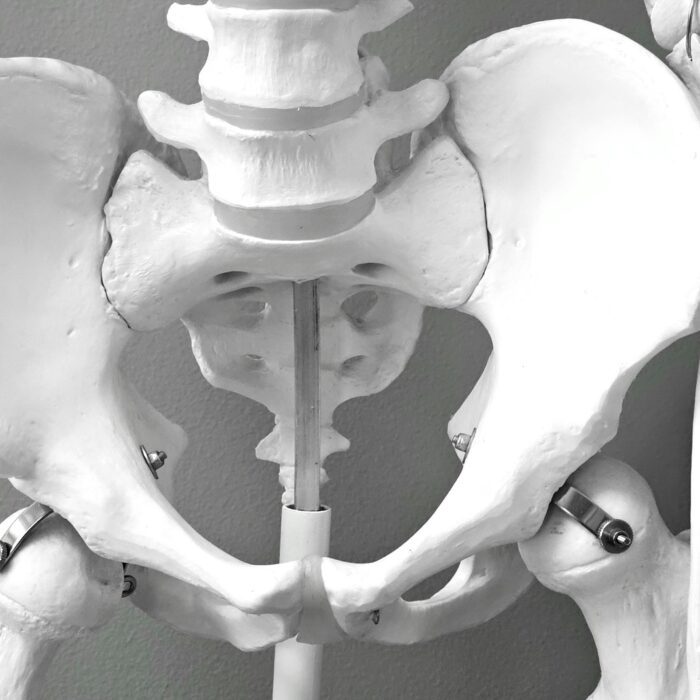Dizziness, a loss of balance and vertigo affect nearly 70 percent of all people over the age of 65. However, these conditions are not exclusive to the elderly. Those with vertigo and dizziness can experience a loss of balance, a fall, serious injury, or a withdrawal from daily activities. Yet for all its frequency, most people have questions about balance and vertigo that go unanswered.
What is vertigo?
Vertigo is a sense that the world is spinning, rocking or rotating even though you are standing, sitting or laying still. Young children often spin in circles then stop in an attempt to experience the exhilaration of the room spinning, but vertigo in adults often leaves them disconcerted, especially when it happens suddenly. While it is sometimes a first warning sign of an impending stroke or other neurological condition, vertigo is also a side effect of some medications and the result of a problem with your inner ear.
What does your inner ear have to do with your sense of balance? Everything. While your inner ear is responsible for transmitting sound waves from the movement of bones in the middle ear to the auditory nerve in the brain, the semi-circular canals act as a sort of gyroscope in the body. These canals are filled with fluid and millions of hair cells called cilia that respond to your body's position in space. When something disrupts the ability of these hair cells to react, vertigo is the result. This interference can be caused by concussion or other head injuries, infection or simple aging.
How are poor balance, dizziness and vertigo diagnosed?
People with balance problems or vertigo often experience a long and frustrating cycle of physician referrals, diagnostic tests and medical treatments without any real resolution to their problem. In fact, the entire diagnostic process is usually focused on what is not causing someone's vertigo. Ear, Nose and Throat specialists will check for abnormalities in the ear, neurologists will test for neurological diseases like Multiple Sclerosis and Parkinson's Disease, and chiropractors will manipulate the spine in an effort to relieve vertigo symptoms. The key to diagnosing the root cause of vertigo is actually found in the physical therapist's office. Armed with the latest technology to diagnose and treat vertigo, physical therapists have programs to identify and treat the source of a patient's balance or dizziness problems. Using specialized equipment, these non-invasive tests end the treadmill of specialists and expensive diagnostics.
What do I do if I am dizzy or experiencing vertigo?
If you are dizzy or experiencing vertigo, safety should be your number one concern. Every year, millions of adults fall, with one in five leading to a serious injury. In fact, with each decade after 65-years-old, the percentage of people falling jumps from 40 percent to 65 percent to 82 percent. Even if a fall does not result in a broken bone or fracture, pain resulting from a fall can make it difficult to reclaim your quality of life. If you feel dizzy or the room begins to spin, sit down in the nearest chair or lay down on the couch until the dizziness passes. If it does not subside or if the vertigo goes away but you are still unsteady, you may need medical attention.
How are dizziness, balance problems and vertigo treated?
Once they have ruled out virulent underlying causes, physicians usually treat balance problems with medications designed to combat nausea and reduce the sensation that the world is spinning. While medications are an important aspect of treating a person's vertigo, especially if the underlying cause is an infection, it does not address other problems that may be contributing to balance issues. Maintaining your balance while standing and walking is a complex function. Not only do you need a functioning brain and nervous system, you also need good vision, a healthy inner ear, strong muscles, healthy feet, and mobile joints. If any one of these aspects of balance is compromised, the whole system is affected. Medicating the symptom (dizziness) does nothing to address the other systems that may be at play.
What can physical therapy do for balance?
Physical therapists are experts in movement. Not only can they diagnose movement and balance problems, they can prescribe a personalized therapeutic treatment plan that can help you feel more steady, experience less dizziness and lower your risk of a fall.
- Alleviate a fear of falling. A physical therapist can assess your footwear and any hazards that increase your risk of falling. They are also trained to address physical limitation that could lead to a fall. As you complete your treatment plan, you will experience greater confidence and better balance.
- Mobility leads to balance which leads to strength. Using targeted exercises, your physical therapist will help you regain your ability to move about with confidence and ease. By teaching you exercises that will improve balance as you stand still (static balance) and exercises for balance as you move (dynamic balance) you will improve muscle strength as well as your overall ability to move.
- Flexibility & Posture. People with balance issues also tend to experience joint stiffness and posture problems that contribute to dizziness and vertigo. Your physical therapist will work with you to stretch tight muscles, improve flexibility in your joints and retrain your posture which will, in turn, improve your balance.
Vertigo is an unsettling experience. Fortunately, treatment is possible. With the help of a physical therapist, you can set the world right and reclaim your life.











